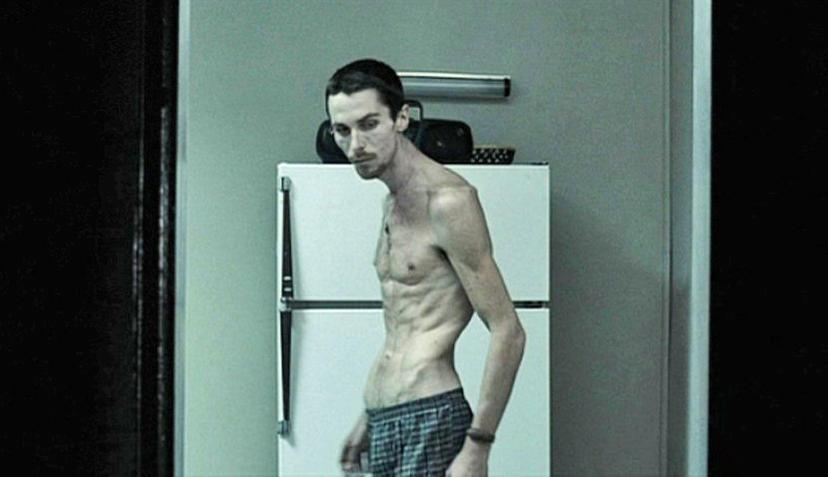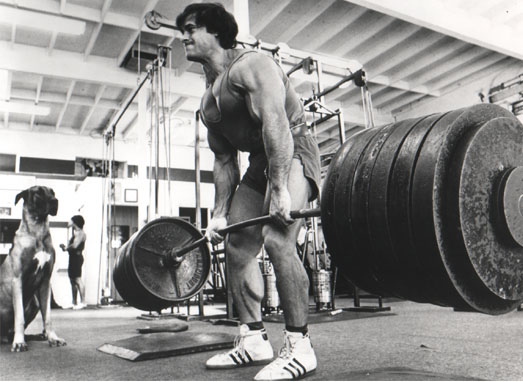
You may have heard about the danger of going into “starvation mode” if you don’t eat enough calories while trying to lose fat. The idea is that you’ll start losing muscle and wake up one morning looking like Christian Bale’s sickly movie character. This fear lead many of us bodybuilding types to believe that you had to eat six times a day to keep the precious lean mass gained during training.
The starvation mode terminology still gets thrown around a good bit today. I remember hearing it from a trainer a few years ago while watching The Biggest Loser. The before-mentioned trainer was warning a contestant (his trainee) not to go any lower on calories.
Do we really lose all our muscle when calories are set very low? Not necessarily. One study looked at the impact of very-low-calorie diets (VLCD) on body composition in twenty subjects (17 women and 3 men). All twenty subjects ate only 800 calories for 12 weeks (a liquid diet). The subjects were divided into two groups: one group did cardiovascular training four times a week while the other did resistance training (lifting weights) three times a week (the weight lifting group did circuit training–their routine consisted of 10 different exercises).
There were some striking differences in how the exercise type affected the subjects’ bodies. Those who trained with weights experienced an increase in their resting metabolic rate (RMR) despite the low calories (the cardiovascular training group’s resting metabolic rate decreased). The cardiovascular training group lost more weight, but some of this weight was muscle. The resistance training group kept all their muscle despite the ultra-low calories. Repeat: those who trained with weights did not lose muscle. 1
Let me make something clear: I would not recommend anyone attempt this kind of diet without medical supervision. 800 calories a day is extremely low: the typical trainee will lose weight on around 11-12 calories per lb of body weight a day (much higher than what these subjects were taking in). And I can’t tell what the subjects’ starting body fat levels were, which would also make a big difference (the leaner we get, the more resistant our body becomes to losing fat).
But this experiment does leave us with an important takeaway: weight training is a powerfully effective strategy for preserving your muscle mass. Those who desire to try intermittent fasting , for example, need not worry about losing muscle as long as they continue with resistance training.
Note: I’d recommend Lyle McDonald’s Rapid Fat Loss Handbook if you are looking for a scientific guide to “crash” dieting (losing fat as quickly as possible).
Reference:
1. J Am Coll Nutr. 1999 Apr;18(2):115-21. Effects of resistance vs. aerobic training combined with an 800 calorie liquid diet on lean body mass and resting metabolic rate.
